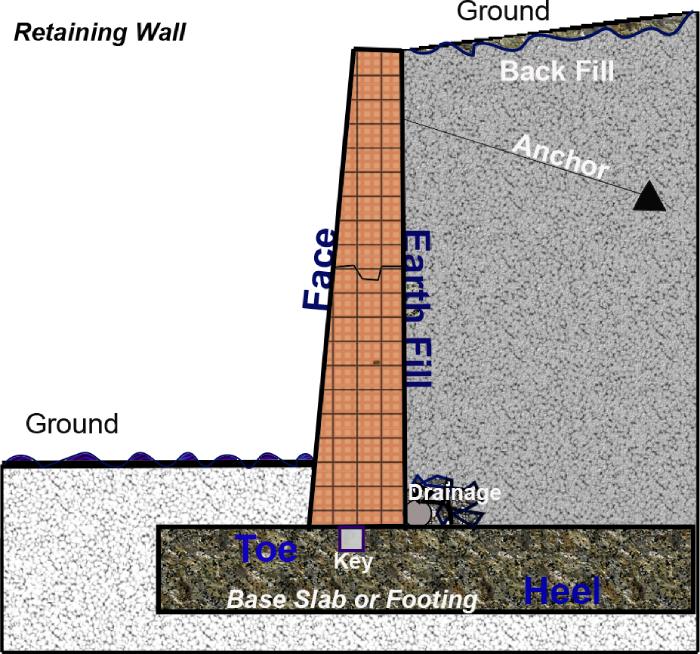There are four basic types of retaining wall systems that you must be familiar with when you’re planning on installing one of those structures in your house. The first category of retaining wall, you ought to know about is a gravity retaining wall system. These walls use their weight to resist the downward pressure from the earth behind them. If the wall’s resistance to the downward pressure of gravity is greater than its weight, it will tip to the side and crumble.
There are many styles of piled walls that you can make.
The most common type is one that has a frame of some kind of concrete or stone and a layer of liquid or paste adhering. The liquid or paste is an agent that helps to prevent the concrete or stone from shifting around. This is a popular choice for patio covers or walls that require minimal or no maintenance.
Another style of wall is one that is composed of materials such as concrete and soil. This type of wall is usually the most difficult to build, and requires more care to maintain than any of the others. This wall requires a water-based adhesion solution. A good example would be the PMMA liquid solution, which is composed of a fine grade mineral oil. This agent can bond with many substances and will not cause any harm.

The last category includes gypsum walls.
These walls are similar to piling walls but are made out of soft plastic compounds instead of concrete. Although Gypsum is a very hard material, it has not been shown to have the same environmental effects as concrete. In fact, it is a superior material than concrete in terms of its resistance to corrosion.
All of the above mentioned wall types are great options but they may not be appropriate for every situation. Concrete blocks may be a better choice for a sloped retaining wall. Concrete blocks can be customized to your wall’s dimensions and shape, making them easier to construct an efficient and effective structure. These concrete blocks are more durable than their plastic counterparts and can be customized to fit your wall’s specific dimensions. This allows for greater longevity.
You can see that a combination of retaining walls and planter boxes is the best option for creating high-quality, permanent structures. You can create structures that look great anywhere by creating a planter container that complements your retaining walls and provides a simple way to retain rainwater and moisture. The landscape around the property can often play a significant role in the aesthetic appeal of the property and landowners often have difficulty choosing the best materials. To help determine which landscape features should go into the final design, experts in landscaping use a variety of tools, including photographs.
The key to constructing retaining walls is to make them look good and provide maximum protection. You can achieve this by using a combination of concrete, stone, and planter boxes. Stone is the most widely used option due to its durability. This allows it to withstand adverse weather conditions. Stone structures can withstand severe weather conditions like tornadoes and hurricanes, which is why they are so popular. Although cantilever walls may have an aesthetic appeal, homeowners are more concerned about the durability and functionality of their structures.
Concrete walls are preferred by most homeowners because they provide a strong and durable foundation for any type building. Concrete is known to be one of strongest materials available, making it possible for many people to erect these walls with no risk of being damaged by earthquakes or other natural events. Unlike with the previous options, cantilever walls are not usually constructed using stone because they can be damaged easily. These walls are not as attractive as other types of retaining walls so many people choose to use different materials.
